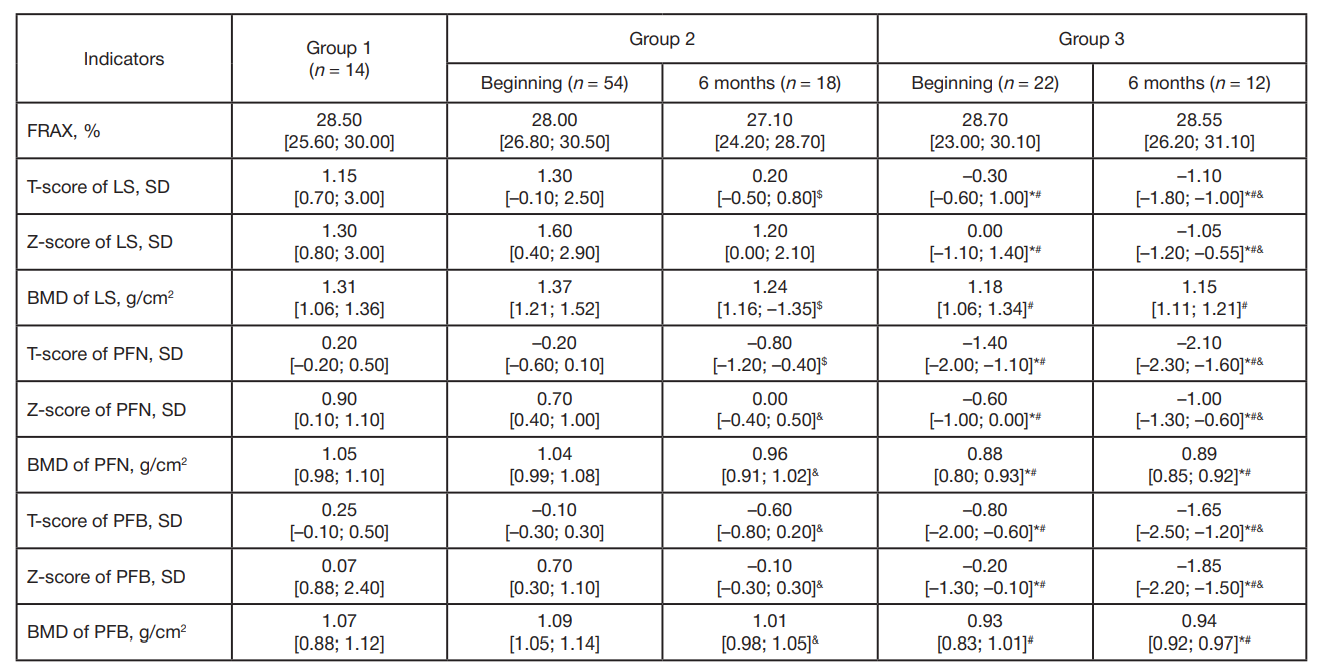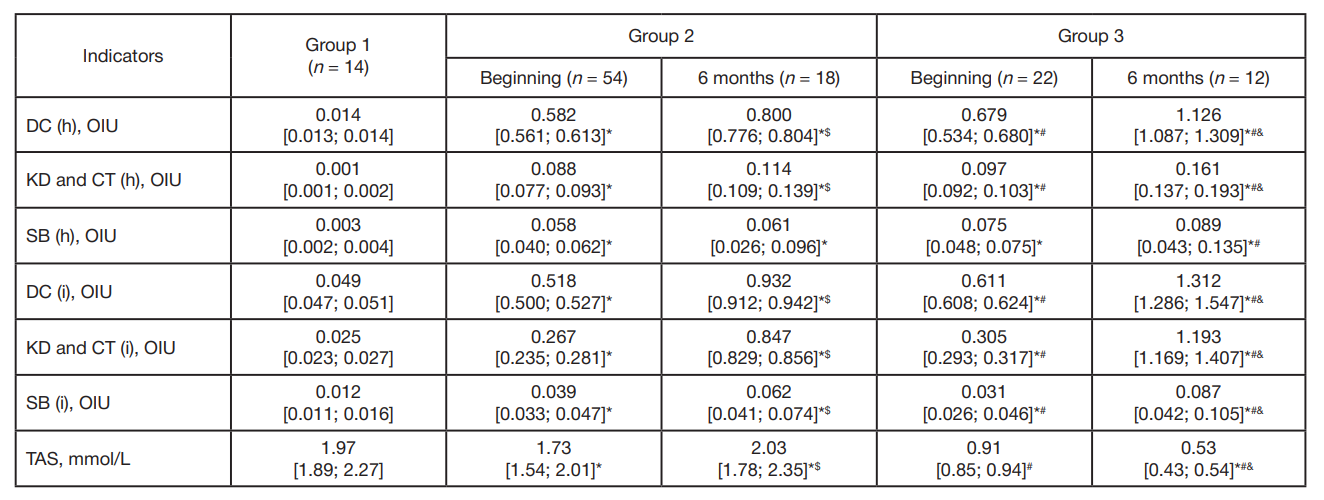
This article is an open access article distributed under the terms and conditions of the Creative Commons Attribution license (CC BY).
ORIGINAL RESEARCH
Role of oxidative stress in pathogenesis of bone destruction syndrome in patients with chronic lymphocytic leukemia
1 South Ural State Medical University, Chelyabinsk, Russia
2 Chelyabinsk Regional Clinical Hospital, Chelyabinsk, Russia
Correspondence should be addressed: Mikhail V. Osikov
Vorovsky, 64, Chelyabinsk, 454092, Russia; ur.xednay@vokiso.forp
Author contribution: Osikov MV — developing the study idea, concept, and design, editing and approval of the final version of the manuscript; Korobkin EA — experimental phase of the study, statistical data processing, data interpretation, manuscript writing and editing.
Compliance with ethical standards: the study was approved by the Ethics Committee of the South Ural State Medical University (protocol No. 3 dated 10 April 2023). All subjects submitted the informed consent to participation in the study.




